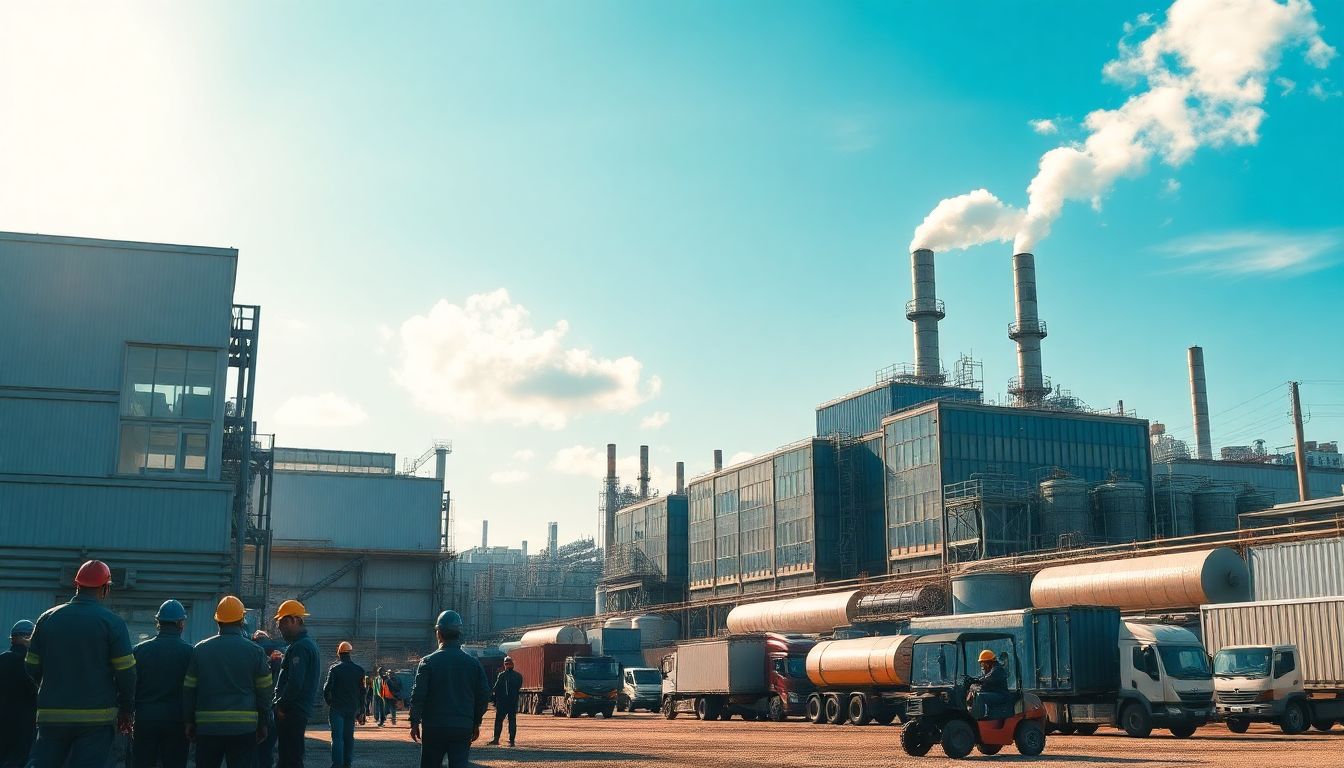Table of Contents
China’s industrial sector has recently experienced a noteworthy shift in profit trends, offering a flicker of hope amid ongoing economic hurdles. After a lengthy period of declining profits that began back in May, the latest figures show a slower pace of contraction. Could recent policy measures be making a difference? In this article, we’ll explore the current state of industrial profits, the reasons behind this recovery, and what it means for the broader economy.
The Current State of Industrial Profits
According to the National Bureau of Statistics (NBS), China’s industrial companies reported a 1.5% decline in profits in July compared to the previous year. While this might sound discouraging, it actually marks the slowest decrease since the downturn began. Over the first seven months of the year, profits contracted by 1.7% year-on-year. This modest improvement in July suggests that efforts to tackle overcapacity and reduce fierce competition within the sector are starting to bear fruit.
One of the standout performers is the manufacturing sector, which experienced a remarkable rebound with a 6.8% increase in profits for July. That’s a significant jump compared to the 1.4% growth recorded in June! This boost can be attributed to several factors, including a recovery among producers of raw materials, steel, and petroleum, who have transitioned from losses to profitability. However, it’s worth noting that the mining sector is still facing challenges, with profits continuing to decline.
The Impact of Policy Measures and Market Conditions
Statistician Yu Weining emphasized that the gradual rollout of policy measures aimed at promoting a reasonable rebound in industrial prices is crucial for enhancing corporate profitability. Yet, even with these positive developments, profit margins are still feeling the squeeze due to weakened domestic demand. Consumer inflation has stagnated, and retail sales growth has cooled—signs that broader economic challenges are lurking beneath the surface.
Moreover, the ongoing decline in factory-gate prices, which have dropped for 34 consecutive months, highlights the entrenched deflationary pressures in the market. This situation poses a risk of curbing both consumer and business spending, making the road to sustained recovery even more complex. The cyclical nature of the industrial sector, influenced by global market conditions and domestic policy, continues to shape the profit landscape.
Future Outlook and Implications
Looking ahead, the outlook for China’s industrial profits is cautiously optimistic yet filled with uncertainties. Although recent data hints at a possible recovery, the overall economic environment needs to improve to support long-term profitability. The government’s efforts to rein in excessive competition and stabilize market conditions are vital for creating a favorable environment for growth.
For investors and stakeholders in the industrial sector, staying alert is key. Monitoring essential indicators like consumer demand, inflation trends, and policy shifts will be crucial for making informed decisions in this ever-changing market landscape. As the world’s second-largest economy navigates these challenges, the resilience of its industrial sector will undoubtedly play a pivotal role in shaping future economic prospects. So, what’s next for China’s industry? Only time will tell, but being informed is the first step in navigating these turbulent waters.


